On 21 December 2021, I received the following generic Christmas email from Karen Andrews, Federal member for McPherson and Minister for Home Affairs in the Morrison government:
The third paragraph of the email caught my eye, as it was evident by late December that the Omicron variant of SARS-CoV-2 was disproportionately infecting people who had already received COVID-19 injections.
For example, the Danish State Serum Institute published the following table in a report dated 17 December 2021, indicating that 91% of Danes infected with the Omicron variant had received at least 1 dose of a COVID-19 injection, with nearly 80% double-jabbed:
The following data appeared in sheet 1b of this document, published 21 December 2021 by the UK Office for National Statistics (ONS), indicating that people who had received a third “booster” dose of a COVID-19 injection had 4.45 times the odds of being infected with “an Omicron probable result” – a noteworthy phrase in itself, since it implies that the ability of genomic sequencing to positively identify the new variant is less robust than our government overlords and their mockingbird media repeaters would have us believe – than unvaccinated people, while the double-jabbed had 2.26 times the odds, and the single-jabbed had 1.57 times the odds:
Granted, the the UK data have a sample size and wide 95% confidence intervals, but the trend comports with the Danish data, indicating that Omicron is a variant of the vaccinated.
Consequently, I sent the following reply to Karen Andrews on 1 January 2022:
Dear Ms Andrews
Could you please provide scientific evidence for the statement in your email sent 21 December 2021, that “As we continue to live with the virus, getting your booster shot is the best way to make sure you are as protected as possible against Omicron”?
UK data indicate that “Those who have received three doses of a vaccine and test positive for COVID-19 are more likely to be infected with infections compatible with the Omicron variant compared with those who are unvaccinated”; the odds ratio of testing positive for COVID-19 with an Omicron probable result is 4.45 times higher in people who have received 2 COVID-19 vaccines plus a booster than in people who are unvaccinated.
The same pattern has been repeated in the US (e.g. see ), South Africa, The Netherlands and here in Australia – it is the fully vaccinated and/or boosted who are most likely to be infected with the Omicron variant.
It is clear that the Omicron variant is able to evade vaccine-induced antibodies. Since vaccines only induce blood-borne antibodies rather than the mucosal antibodies that are required to neutralise a highly contagious, airborne respiratory virus, there is no possible way that any of the vaccines currently in use for COVID-19 can protect people against infection and spread of SARS-CoV-2.
Do you have evidence that contradicts the above-cited scientific references? If not, then you are guilty of circulating medical misinformation to your constituents (of whom I am one) and I will be making sure that this becomes publicly known. I would remind you that a Federal election is imminent and that politicians who are revealed to be deliberately lying to their constituents are not likely to be re-elected.
Regards
Robyn Chuter BHSc(Hons), ND, GDCouns, FASLM, MATMS
ASLM Certified Lifestyle Medicine Practitioner
I received a reply from one of Ms Andrews’ electoral officers, Greg Betts, on 4 January 2022, as follows:
Good afternoon Ms Chuter,
Thank you for your email to Karen Andrews MP. Mrs Andrews is currently in home quarantine and she will be made aware of your correspondence. I am replying to you on her behalf.
Mrs Andrews, and the federal government MPs generally, rely on the medical advice that is provided by the Australian Technical Advisory Group on Immunisation (ATAGI). This is trusted medical advice from experts in the field. There will no doubt be a variety of opinions out there on many medical issues, particularly when there are new diseases arising.
The government must make decisions based on trusted information, and that is why they base their decisions on the advice of ATAGI. A statement on the Omicron variant and boosters is available on the ATAGI website, here.
Kind regards
Greg Betts | Electorate Officer
Before I share my response to Mr Betts with you, I invite you to take a moment to savour this vignette lifted straight from the Theatre of the Absurd, which has become our everyday reality: a “fully vaccinated” individual is in home quarantine, presumably because she came in contact with a person infected with SARS-CoV-2, or was in a location in which such a person was identified. (I emailed Mr Betts to ask him why Mrs Andrews was in quarantine, but have not received a reply.)
I’m sure I’m not the only person who wants to know, What was the point of getting jabbed if you still have to engage in pointless biosecurity theatre every time you are exposed to the thing the jab was supposed to protect you from???
It is an established principle of epidemiology that contact tracing can only delay the entry of a highly contagious respiratory virus into a community – not prevent it altogether – and that it is only useful in the early stages of an outbreak, before community transmission becomes established.
For example, discussing contract tracing in the context of influenza – a viral respiratory infection with a very similar mode of transmission to SARS-CoV-2 – the US Centers for Disease Control and Prevention (CDC) concluded that,
“There is no obvious rationale for the routine use of contact tracing in the general population for control of pandemic influenza.”
The Africa Centres for Disease Control and Prevention recommend ceasing contract tracing once sustained transmission is underway:
Given that Australia’s case rates currently look like this…
... it's abundantly clear that we're at Phase 4 of the epidemic and there is no longer any plausible rationale for contact tracing.
Now, about that reply from Greg Betts. Mr Betts stated that the Federal government “base[s] their decisions on the advice of ATAGI” and referred to the Australian Technical Advisory Group on Immunisation (ATAGI) as providing “trusted medical advice from experts in the field”.
He failed to mention the dense web of conflicts of interest of ATAGI members that has been meticulously documented by the Informed Medical Options Party. Here are the highlights:
ATAGI chair Nigel Crawford is employed by Murdoch Children’s Research Institute which has received funding by vaccine manufacturers GSK, Janssen, Merck, Novavax, Sanofi and Sequiris, through the Vaccination and Immunisation Research Group.
Deputy chair Michelle Giles has received payments for travelling, accommodation and registration to a vaccine conference from Pfizer.
Co-chair Christopher Blyth has received funding from Pfizer.
Co-chair Allen Cheng is Director of Alfred Health, which has received payments from Merck, GSK, Gilead, Biocryst and George Clinical, all of which are involved in vaccine manufacturing.
Voting member Katie Flanagan has been involved in research projects funded by grants from the Bill & Melinda Gates Foundation (which profits handsomely from vaccine sales by holding corporate stocks and bonds in vaccine manufacturers including Merck, Novartis, GlaxoSmithKline and Sanofi, whilst dodging tax on its profits) and has received travel and speaker fees from vaccine manufacturers Pfizer, Sanofi and Seqirus.
Voting member Tom Snelling is Head of Infectious Disease and Implementation Research of Telethon Kids Institute, which is partnered with Johnson & Johnson, Roche, Pfizer, Novartis, GSK and Sanofi .
Ex-officio member Kristine Macartney is Director of the National Centre for Immunisation Reseasrch & Surveillance (NCIRS) which receives its core funding from the Federal government but also conducts vaccine industry-sponsored research.
But yeah, apart from that you could totally trust ATAGI to give completely unbiased advice on vaccination.
Let’s now take an in-depth look at ATAGI’s Statement on the Omicron variant and the timing of COVID-19 booster vaccination, published on 24 December 2021, to which Mr Betts referred me. This is going to be a long post, as the ATAGI statement is a mammoth exercise in bureaucratic bullsh*t, so hang in there with me.
The statement opens by acknowledging that
“Preliminary data from large superspreading events in New South Wales involving younger people suggested that two doses of vaccine did not provide any significant protection against SARS-CoV-2 infection due to the Omicron variant.”
So far so good… however, it then claims – without citing any source – that
“Strong evidence has accumulated over the past two weeks to indicate that booster doses of COVID-19 vaccines are likely to increase protection against infection with the Omicron variant.”
Well, I’ll give them full marks for creativity, if not for accuracy. When I read the phrase “increase protection”, I assume that it means “getting a third dose will reduce your risk of being infected with Omicron”, not “getting a third dose will reduce your risk of being infected with Omicron compared to getting two doses, but you’d actually have a lower risk if you didn’t get the vaccine at all”.
But that’s precisely what both the UK and Danish data show. Remember, the ONS found that people who had received the booster had 4.45 times greater odds of being infected with Omicron than the unvaccinated, while those who had received two doses had 2.26 times greater odds. Meanwhile, analysis of the Danish data taking into account rates of single, double and triple vaccination calculates negative vaccine efficacy for single, double and triple vaccination:
In case you haven’t already twigged, let me spell it you for you: “negative efficacy” means, quite simply, you’re more likely to get infected with the Omicron strain if you’ve been jabbed than if you weren’t. It’s just that having three shots doesn’t increase the likelihood as much as having two. That’s what ATAGI calls “increased protection”. Like I said, full marks for creative interpretation.
Why did the UK data show increased risk of Omicron infection in the boosted compared to the double-jabbed, while the Danish data showed the converse? Probably because the Brits began their booster program in earnest earlier than the Danes…
… and preliminary research has shown that initial protection against infection with the Omicron variant falls off a cliff within weeks, with vaccine effectiveness against Omicron being just 54.6% (little better than a coin flip) at 1-30 days after receipt of a Pfizer booster shot:
Next, ATAGI rolls out that hoary old chestnut of “health system overload” in an attempt to justify further government meddling (euphemistically titled “enhanced public health and social measures”) in the long-predicted transitioning of SARS-CoV-2 into becoming the fifth endemic coronavirus:
“Although some early data suggest that the risk of hospitalisation due to disease caused by the Omicron variant is lower than that with the Delta variant, this difference would not be enough to offset the impact of high case numbers on the health system.”
I don’t know about you, but as far as I’m concerned, the medical-industrial complex that we laughably describe as a “health system” in this country has had almost two years to get its act together.
If those running this system can’t figure out how to handle a surge of people with the fearsome signature Omicron symptoms of runny nose, headache, fatigue, sneezing and sore throat, perhaps they should get out of the way and let some real doctors take over – like Shankara Chetty (over 7000 patients treated in South Africa, zero hospitalisation and deaths), George Fareed and Brian Tyson (over 7000 patients treated in an economically deprived area of southern California, zero deaths in those who sought treatment in the first week of illness and only a handful of deaths in total), Peter McCullough (whose article on early treatment of COVID-19 became one of the most downloaded articles in the history of Reviews in Cardiovascular Medicine), or Jackie Stone, who witnessed a 10-fold reduction in mortality after implementation of ivermectin for prevention and treatment of COVID-19 in Zimbabwe.
And while they’re at it, they might like to stop using remdesivir, a failed experimental Ebola drug that killed more Ebola victims than the standard-of-care control treatment. The World Health Organisation (WHO) recommends against it:
“WHO has issued a conditional recommendation against the use of remdesivir in hospitalized patients, regardless of disease severity, as there is currently no evidence that remdesivir improves survival and other outcomes in these patients… The evidence suggested no important effect on mortality, need for mechanical ventilation, time to clinical improvement, and other patient-important outcomes.”
WHO recommends against the use of remdesivir in COVID-19 patients
However, inexplicably, the Therapeutic Goods Administration (TGA) has granted provisional approval for use in COVID-19, describing it as “is the most promising treatment option so far to reduce hospitalisation time for those suffering from severe coronavirus infections” and claiming that it “offers the potential to reduce the strain on Australia’s health care system. By reducing recovery times patients will be able to leave hospital earlier, freeing beds for those in need.” Really.
In any case, the notion that Australia’s hospitals are going to be overrun with Omicron patients is simply ludicrous, given the Danish data which show that only 0.7% of people who tested positive to Omicron (that’s 7 out of every 1000) were admitted to hospital and many of those either acquired it in hospital or were quite obviously admitted for treatment of some other condition and were incidentally found to test positive upon admission:
ATAGI then goes on to disingenuously claim that
“There are now reassuring data on the safety of early booster doses in tens of millions of people, with no new safety signals identified in the United Kingdom where more than 21 million booster doses have been delivered.”
Well, I guess if you’re going to ignore the unprecedented safety signals identified by Dr Tess Lawrie, research consultant to the World Health Organisation and Cochrane Gynaecological Cancer Group and director of the Evidence-based Medicine Consultancy Ltd and EbMC Squared CiC, in her early analysis of the UK Yellow Card vaccine adverse event reporting system, you could indeed argue that there’s “no new safety signals” – it’s just more of the same bleeding, clotting, inflammatory, autoimmune, allergic, neurological, gynaecological and obstetric adverse events as before.
(Shockingly, further along in the statement ATAGI shrugs off concerns about vaccine-induced myocarditis with the following statement, which I imagine is supposed to be reassuring:
“Preliminary data from people who received a Pfizer booster vaccine at least 5 months after a Pfizer primary course suggest that the risk of myocarditis is not higher after the booster dose than after the second dose.”
Is not higher. Which presumably means it isn’t any lower, or they would have said so. And that means ongoing risk for millions of healthy younger Australians who have virtually no danger of getting seriously ill from COVID-19 itself, but have been coerced into taking an mRNA COVID injection to keep their job, university enrolment or social life.)
The statement continues:
“ATAGI expects that booster vaccination alone will not be sufficient to avert a surge due to Omicron. However, maximising booster coverage by expanding eligibility and encouraging high uptake, in combination with enhanced public health and social measures, may prevent a large surge in case numbers, hospitalisations and deaths.”
No, booster vaccination will most assuredly not avert a surge due to Omicron, no matter how high the uptake, as we can clearly see by examining the UK’s experience: highest new confirmed case count since the pandemic began, with 25,477,345 booster doses administered to a population of 68,430,562 [as of 6 January 2022], and 96% of sequenced cases now identified as Omicron:
As for hospitalisations, South Africa (94% of sequenced samples now Omicron) is seeing falling hospitalisation rates despite not imposing any restrictions during the Omicron surge and having substantially less than half the vaccination rate of the UK:
Deaths also remain low in both countries, regardless of their widely divergent vaccination status:
Just in case you missed the significance of that last point, let me spell it out for you: Omicron caused a massive spike in cases in South Africa and is now that country’s overwhelmingly dominant variant, which clearly means that is infecting both injected and uninjected individuals. However, with only 32% of the population double-jabbed and 27% single-jabbed, a relative handful of cases are severe enough to require hospitalisation, and the case fatality rate is lower than during any previous phase of the pandemic:
ATAGI is playing fast and loose with the truth. Vaccination status has no bearing on mitigating the severity of the Omicron variant; it’s just an inherently benign variant, most likely because it has mutated to preferentially infect the upper airways – which are out of reach of the blood-borne antibodies induced by COVID-19 injections – while replicating poorly in the lungs, where it could be neutralised by those injection-induced antibodies:
Viral replication kinetics of SARS-CoV-2 variants in ex vivo cultures of human respiratory tract. Human ex vivo cultures of bronchus and lung were infected with 5×105 TCID50/mL at 37°C. Virus released in the culture supernatants were measured over time by TCID50 assay. a, c. Viral replication kinetics of wild-type (WT), D614G, Alpha and Beta in human ex vivo cultures of bronchus and lung. b, d. Viral replication kinetics of wild-type (WT), Delta and Omicron in human ex vivo cultures of bronchus and lung. The horizontal dotted line denotes the limit of detection in the TCID50 assay. Bar-charts show the geometric mean (n=6) (SD). Statistics were performed using Two-way ANOVA followed by a Tukey’s multiple-comparison test. *p<0.05, **p<0.01, ***p<0.001, ****p<0.0001. e, f. Viral titers from a to d are depicted as area under the curve (AUC). Bar-charts show the geometric mean (n=6) (SD). Statistics were performed using One-way ANOVA followed by a Tukey’s multiple-comparison test. *p<0.05, **p<0.01, ***p<0.001, ****p<0.0001.
These properties of Omicron make it substantially more infectious than previous variants, but also substantially less dangerous.
Moving onto recommendations, ATAGI urges expanding the availability of booster doses to all adults aged over 18, and shortening the minimum interval between second and third doses from five months to four months and then to 3 months. Its justification for this recommendation is that:
“An earlier booster dose is expected to reduce the risk of symptomatic infection, severe illness and death from COVID-19. In combination with enhanced public health and social measures, it is also expected to mitigate the impacts of COVID-19 on the health system and its the broader impacts on the community [my italics].
Take a moment to reflect on that. With absolutely zero real-world evidence that booster doses have any benefit to reducing infections, hospitalisations or deaths, but merely on the wing and prayer of its “expectations”, ATAGI now wants every man and woman in this country to be rejabbed after 3 months, and potentially every 3 months after that, ad infinitum, with a product that does not prevent infection with, nor transmission of, the Omicron variant (or the Delta variant, for that matter).
Not only is there no evidence of benefit of this strategy, there is also no evidence of its safety. Aside from the deluge of adverse event reports that dwarfs those of any previous vaccine, there are significant concerns about repeatedly revaccinating large swaths of the population which have not yet been addressed by scientific research, including but not limited to:
High-zone tolerance, which in essence results in the immune system being rendered incapable of responding to a particular viral antigen, because it has been exposed to a large dose of that antigen – for example through either mRNA or viral vector vaccines – that shuts down the immune cells specific to the antigen. The result would be unchecked infection with SARS-CoV-2, and possibly, other coronaviruses.
Original antigenic sin, which is a type of “programming” of the immune system by its first exposure to a particular antigen. When it subsequently encounters a similar pathogen, it attempts to respond using the same strategy as it used to defeat the first pathogen, but this response will be ineffective if the new pathogen has evolved different strategies to establish infection. All COVID-19 injections are based on the original Wuhan strain of SARS-CoV-2, which is now extinct, having been replaced by a series of variants with more and more extensive mutations. If “programmed” by the injection to only combat the Wuhan strain, the immune system may be incapable of defending the body against significantly different variants.
Antibody-dependent enhancement, in which a vaccine can “prime” the immune system to produce an excessive inflammatory response when subsequently exposed to the pathogen, causing organ damage and potentially, death. Antibody-dependent enhancement has scuttled previous attempts to develop vaccines for both human and animal coronaviruses.
In the absence of evidence that these aberrant immune responses to repeated revaccination will not occur, ATAGI’s recommendation is highly irresponsible. The precautionary principle – which holds that the onus to prove an intervention is safe is on those recommending the intervention – has been completely abandoned by these so-called “medical experts”.
ATAGI further recommends that:
“Pregnant women aged 18 or older who received their primary COVID-19 vaccination course ≥ 4 months ago are recommended to have a booster dose. When practical and in line with the broader community, this interval should be brought forward to 3 months.”
ATAGI recommends using either the Pfizer or Moderna products as booster doses. Yet the product information for the Pfizer injection (“Cominarty”), hosted on TGA’s website, states the following:
“There is limited experience with use of COMIRNATY in pregnant women… Administration of
COMIRNATY in pregnancy should only be considered when the potential benefits outweigh
any potential risks for the mother and fetus.”
The wording of the Moderna injection (“Spikevax”) product information in relation to pregnancy is virtually identical.
ATAGI stresses the urgency of booster doses for people whose work brings them in close contact with individuals who are vulnerable to severe outcomes from SARS-CoV-2 infection, because these “workers may transmit the virus to others with increased risk of severe disease, such as aged/disability care facilities”. But there is abundant evidence that people with breakthrough infections (i.e. infection after vaccination) transmit SARS-CoV-2 as readily as unvaccinated people who become infected.
The CDC openly acknowledges this fact:
“CDC expects that anyone with Omicron infection can spread the virus to others, even if they are vaccinated or don’t have symptoms.”
And, buried further down in their statement, ATAGI itself admits that:
“The effectiveness of a booster dose to prevent onward transmission of Omicron from infected persons, and the duration of protection afforded by a booster are currently unclear.”
In other words, their advice is based on nothing but wishful thinking. There is simply no scientific rationale for recommending boosters of a product that does not reduce the risk of virus transmission to health care workers, or indeed any other category of people, and it is indefensible for ATAGI to make such a recommendation without providing supporting evidence of both efficacy and safety.
ATAGI goes on to claim that:
“Strong evidence suggests that booster doses of COVID-19 vaccines may enhance protection against symptomatic disease due to the Omicron variant. This is primarily based on in vitro [literally “in glass”, meaning not in a living body] studies of neutralising antibodies demonstrating that the decreased binding seen with the Omicron variant compared with ancestral strains can be overcome by increasing antibody concentrations with a booster dose. Multiple studies have shown a 2 to >20-fold decrease in neutralising antibody titre against Omicron compared with wild type and/or Delta variant in sera after the primary vaccination course. Studies demonstrate that neutralising antibody titres are higher against Omicron following a booster dose of an mRNA vaccine.”
However, as mentioned above, the Omicron variant preferentially infects the mucous membranes of the upper airways, and the neutralising antibodies referred to by ATAGI do not reach this site. Only secretory IgA, an antibody class that is produced by lymphocytes that reside just below the mucous membranes, is capable of neutralising a virus that has infected these membranes. No vaccine that is administered intramuscularly – bypassing the normal route of entry of a respiratory virus – is capable of inducing secretory IgA.
COVID-19 injections cannot prevent symptomatic disease induced by a variant that almost exclusively colonises the upper airways, and it is simply inexcusable for ATAGI to torture data from in vitro studies into confessing that they likely will.
Whose interests does ATAGI serve?
The advice issued by the Federal government by ATAGI clearly favours the interests of the vaccine industry rather than the health and well-being of Australians. ATAGI overstates (and in fact blatantly misrepresents) the claimed but unproven benefits of booster doses of COVID-19 injections – products which have clearly failed to deliver on their promise to “end the pandemic” – and cavalierly downplays the very real risk of harm, both in terms of vaccine adverse reactions and the potentially catastrophic derangements of immune function that could potentially be induced by repeated revaccination, as described above.
Politicians, who almost invariably lack scientific training, are easily duped by such advice, which more often than not aligns with the policy directions that they favour as a result of intense lobbying activities by the pharmaceutical industry. COVID-19 vaccine manufacturers have pulled out all stops in their lobbying efforts to have their products approved in Australia, and no wonder – they have a government-guaranteed market, zero advertising costs, and total legal indemnity from being sued if their products harm or kill anyone who takes them.
While politicians scramble for both political advantage and personal favours from deep-pocketed lobbyists, and vaccine manufacturers stuff their coffers with taxpayer-funded, liability-free profits, the big loser is the Australian public which has been railroaded into accepting ineffective and unsafe products whilst being denied evidence-based early treatment with safe, cheap, generic drugs and nutraceuticals.
And so, Mr Greg Betts, Electorate Officer for Karen Andrews, I do not agree that ATAGI’s statements constitute “trusted medical advice from experts in the field”. Instead, they are a tissue of misrepresentations, distortions, strategic omissions and outright lies. Prove me wrong.





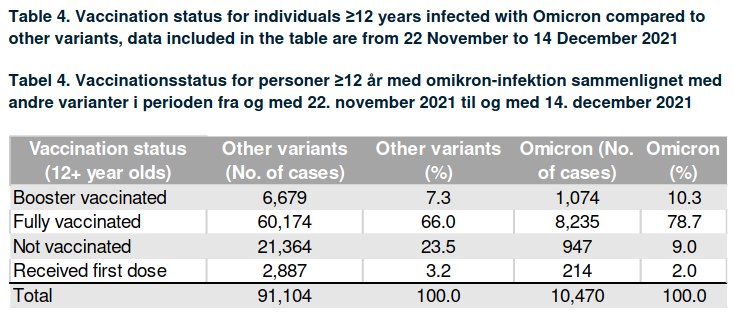

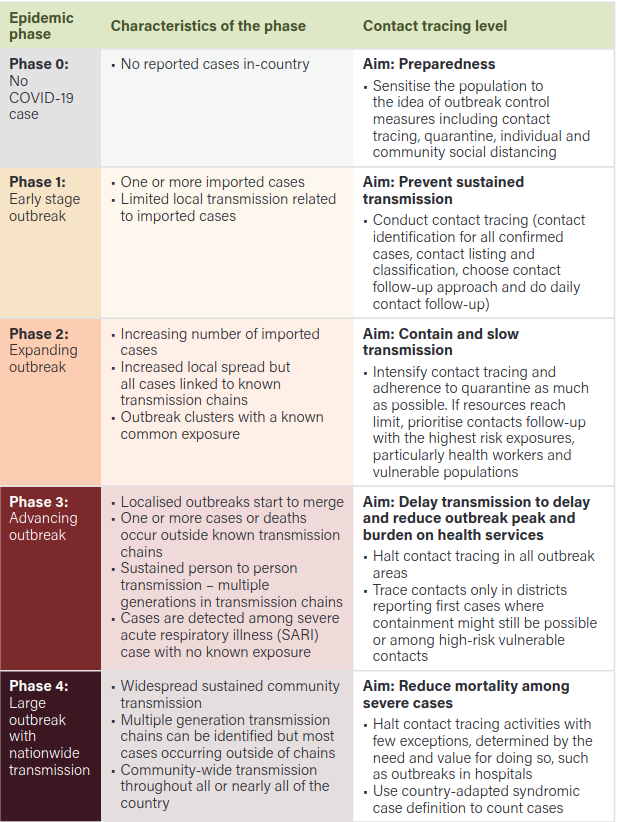
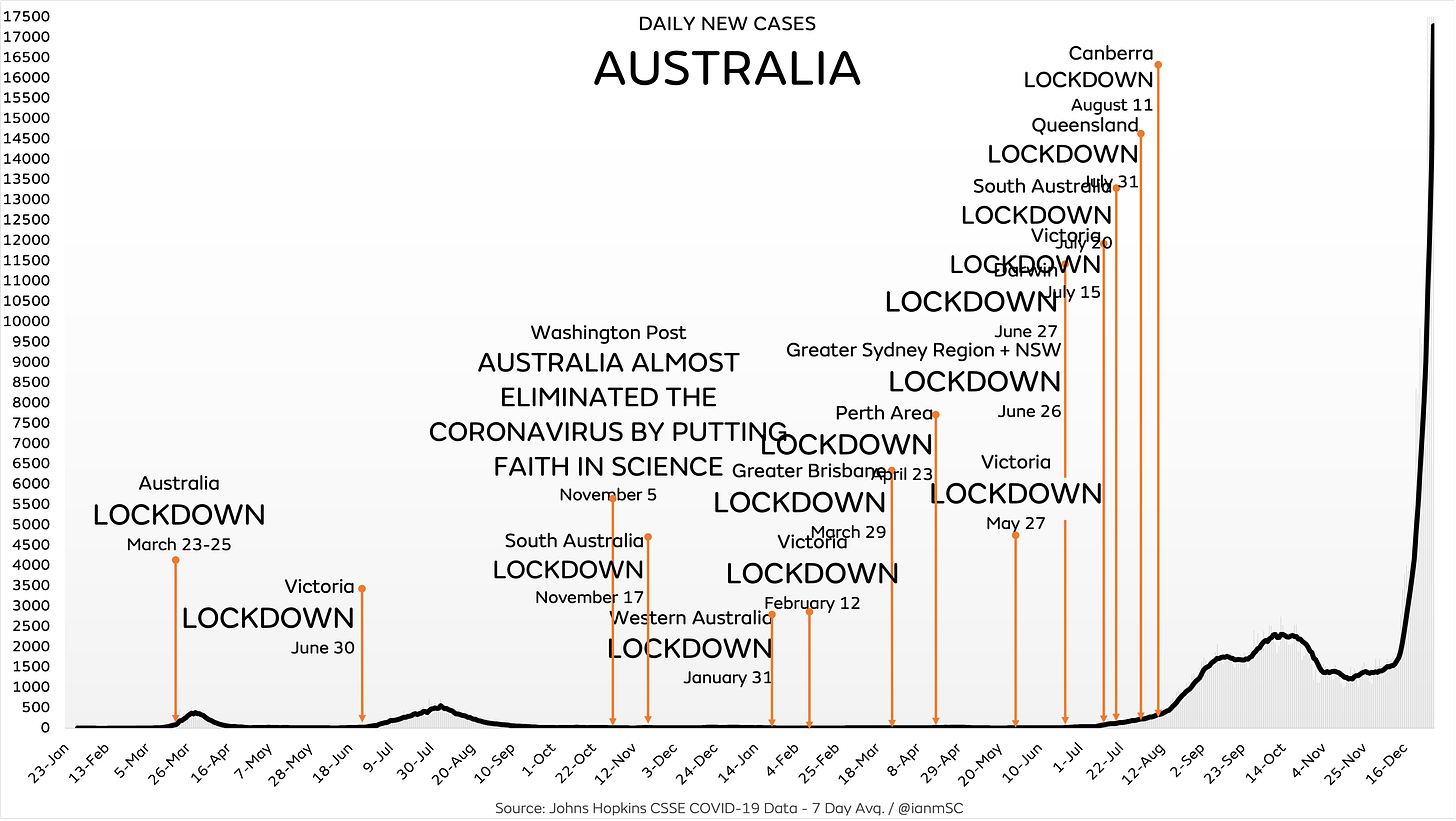
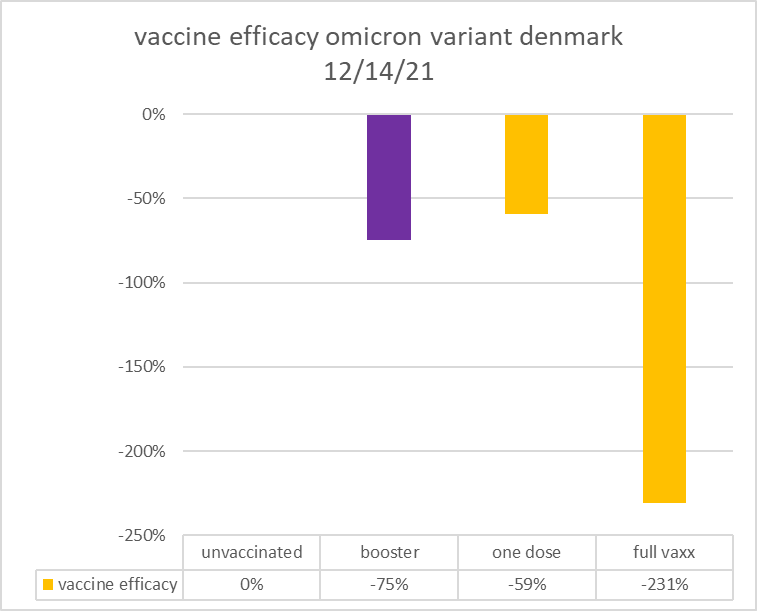
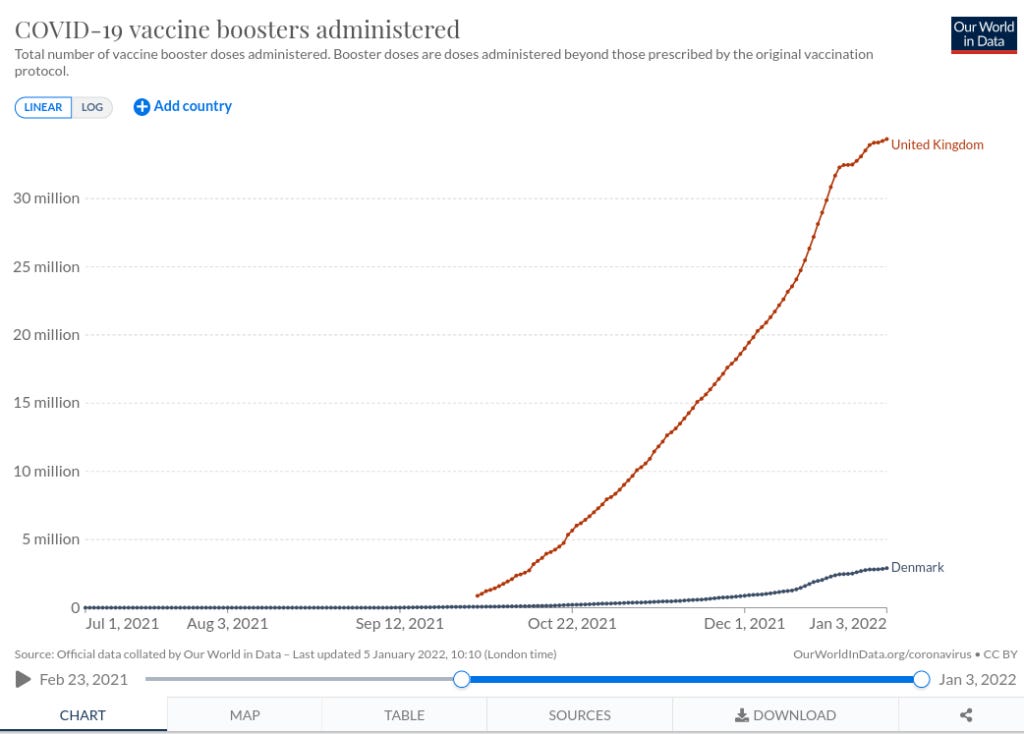
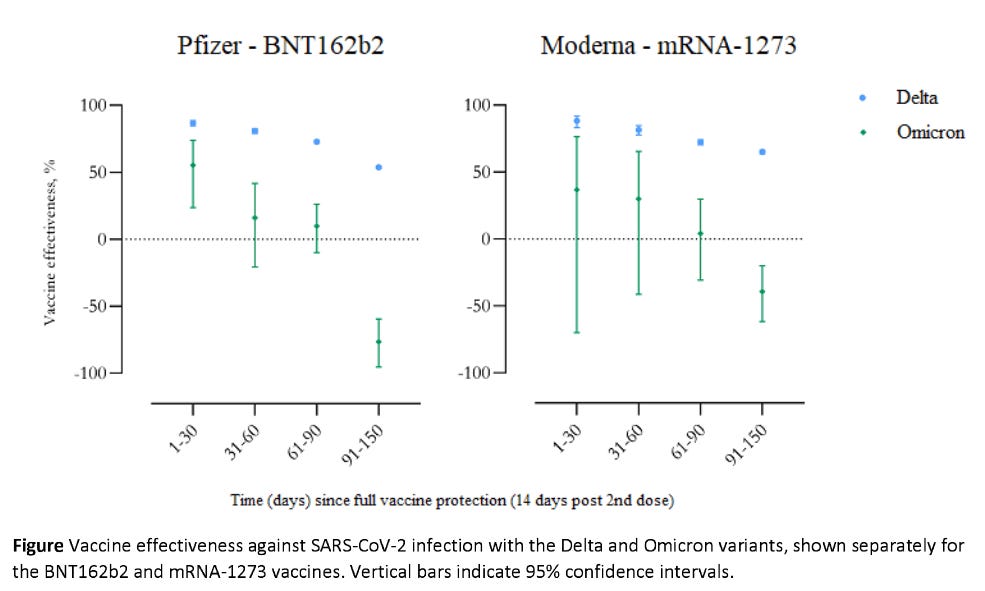
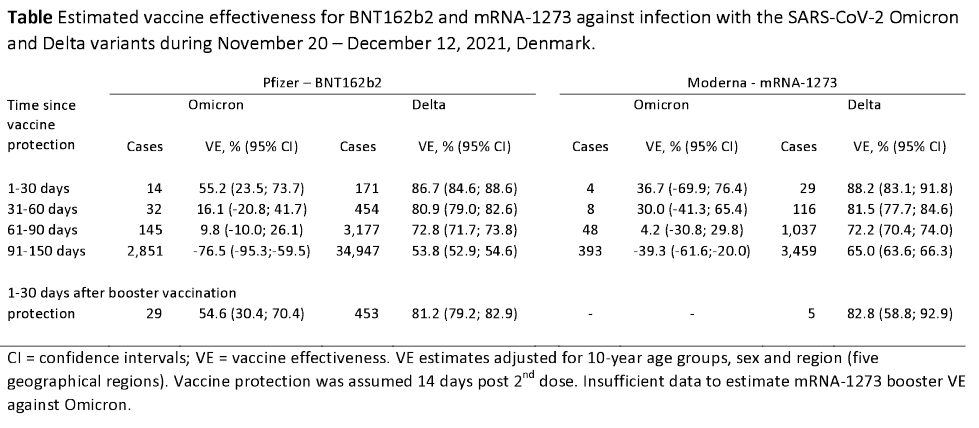
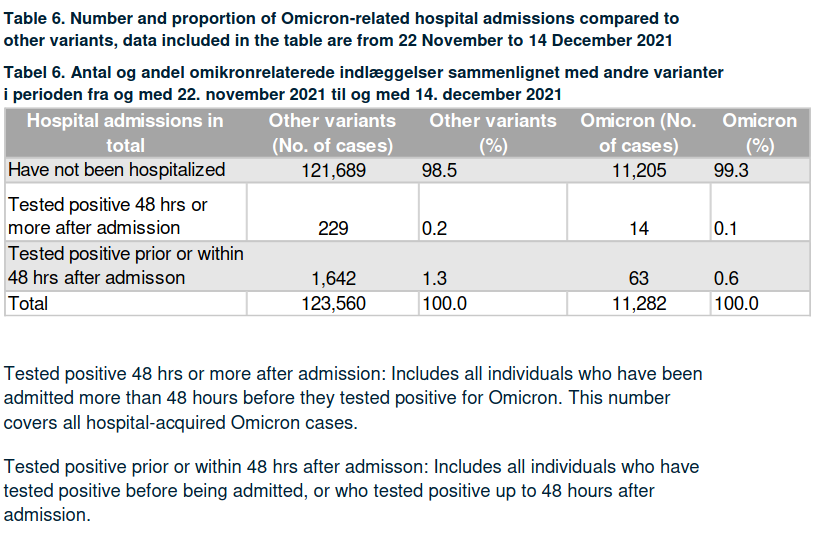

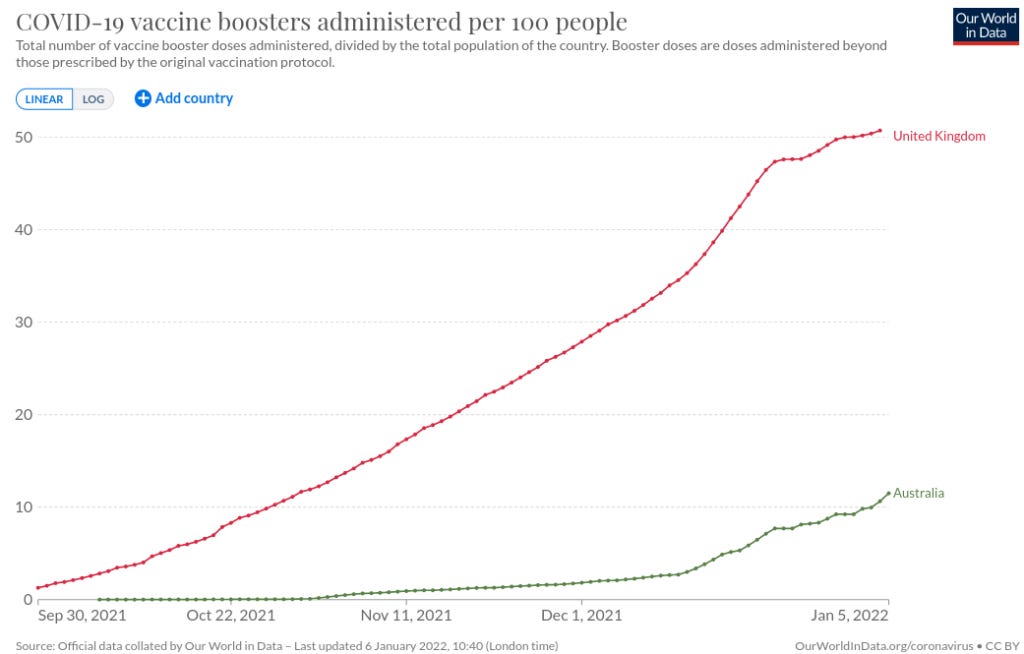
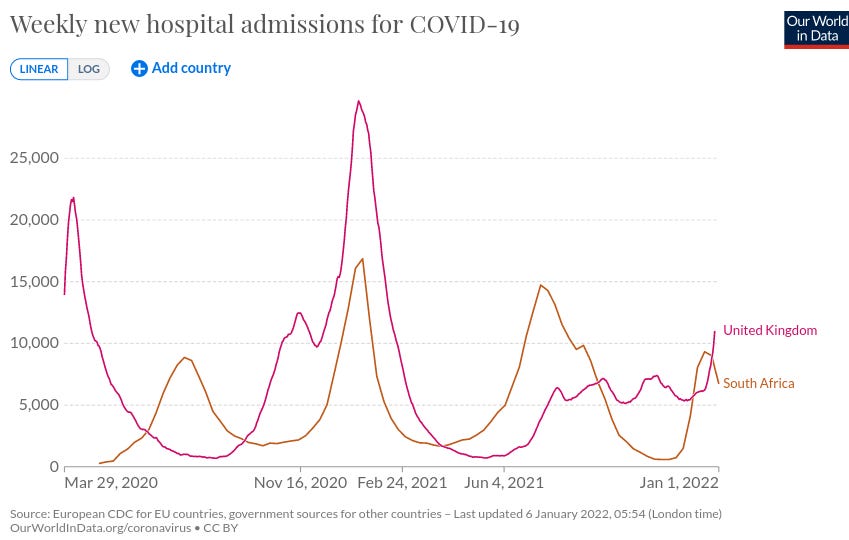

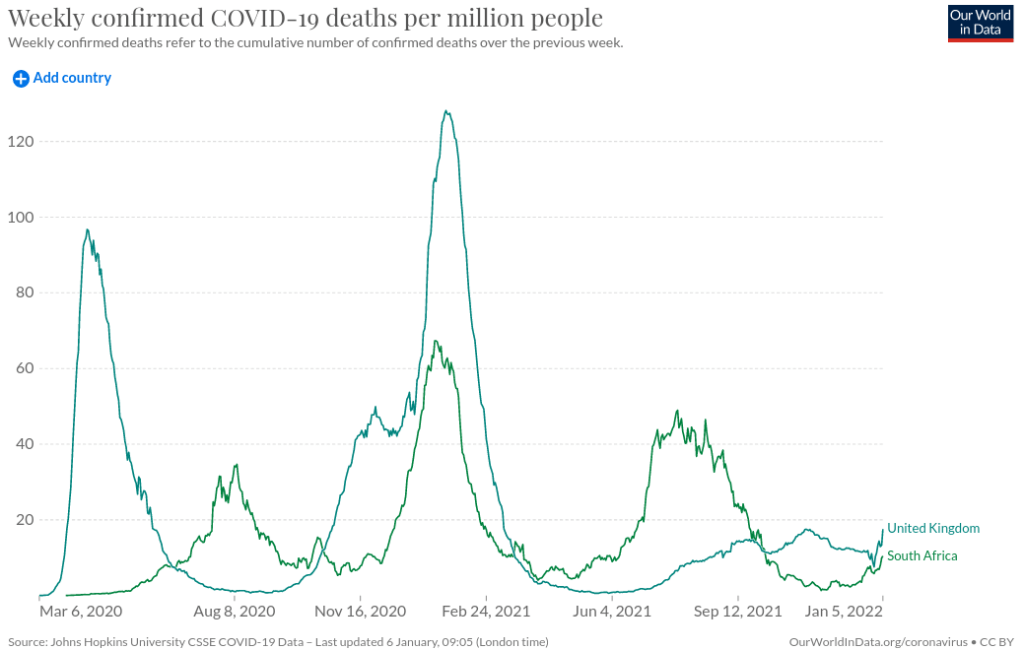

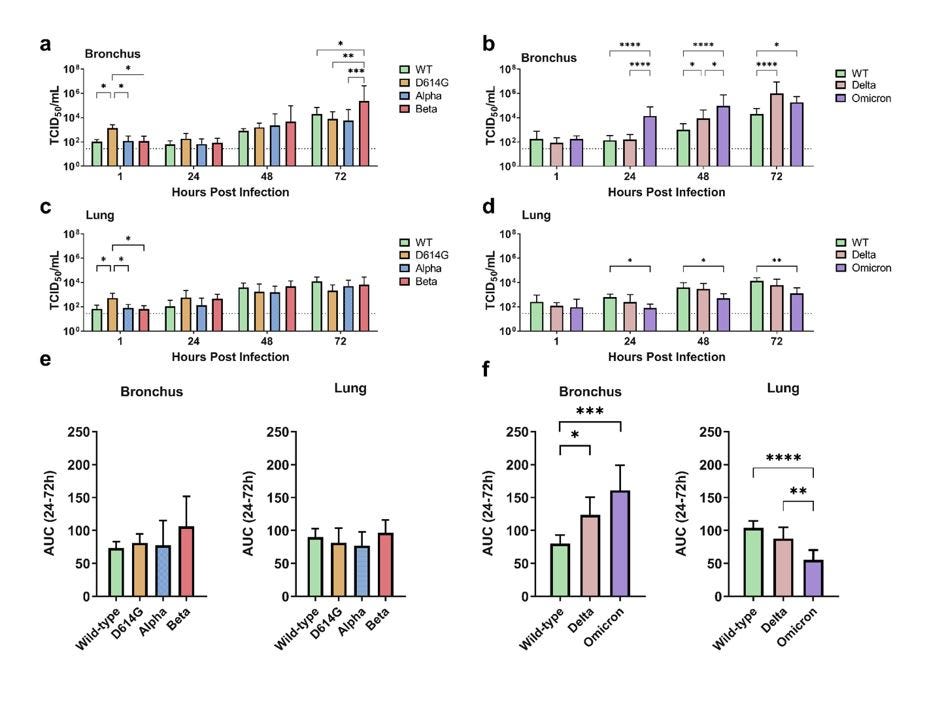
Robyn Keep up the good work When the people fear the Government there is LIBERTY!
Thank you Robyn. We need more voices like yours to call it as it is. This is not about health, but control.